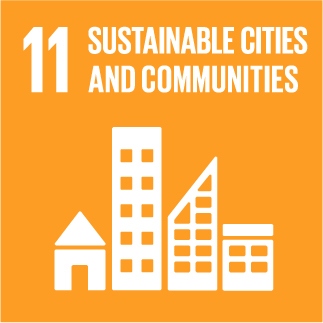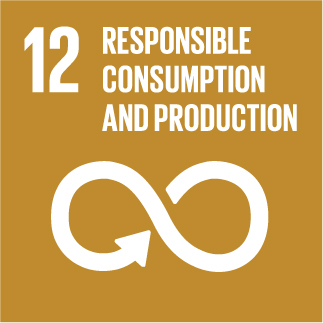URBANREC
Irrigation deficit turns almond by-products into a valuable source of antimicrobial (poly)phenols
Almond (Prunus dulcis (Mill.) D. A. Webb) production keeps an increasing trend worldwide, leading to augment in generation of harmful by-products that should be valorized as a source of bioactive phytochemicals with application in the development of new added-value products. The assessment of almond hulls and skins on their (poly)phenolic composition was developed upon two seasons, under five irrigation regimes, regarding total phenolics, flavonoids, and ortho-diphenols, as well as individual phenolic compounds analyzed by High-Performance Liquid Chromatography with Diode-Array Detection (HPLC-DAD). As functional tests, extracts were assessed on their radical scavenging activity in vitro and reducing power, and screened on their antimicrobial activity against multidrug resistant bacterial pathogens. The phenolic profile and antioxidant activities were evaluated in blanching water as well. Naringenin-7-O-glucoside and isorhamnetin-3-O-rutinoside were the most abundant phenolics in almond hulls and skins. Influence of irrigation treatments and season on phenolic content differed among by-products; hulls being more influenced by irrigation and skins by the agro-climatic conditions. The synthesis of individual phenolics was more influenced by season than treatment. According to the chemical and biological correlations, the presence of (poly)phenols seems to be responsible for the antioxidant and antimicrobial properties revealed. The knowledge generated upon the present work contributes to understand the variability of almond by-products composition attributable to seasonal and irrigation conditions, and to envisage valorization alternatives for these under explored residues and blanching water.

» Author: Iva Prgomet, Berta Gonçalves, Raúl Domínguez-Perles, Rafaela Santos, Maria José Saavedra, Alfredo Aires, Núria Pascual-Seva, Ana Barros
» Reference: 10.1016/j.indcrop.2019.02.024
» Publication Date: 01/06/2019
» More Information

This project has received funding from the European Union's Horizon 2020 research and innovation program under grant agreement Nº 690103




URBANREC Guidelines by URBANREC Consortium is licensed under a Creative Commons Reconocimiento-NonComercial-NoDerivatives 4.0 Internacional License.
Puede hallar permisos más allá de los concedidos con esta licencia en www.aimplas.net
